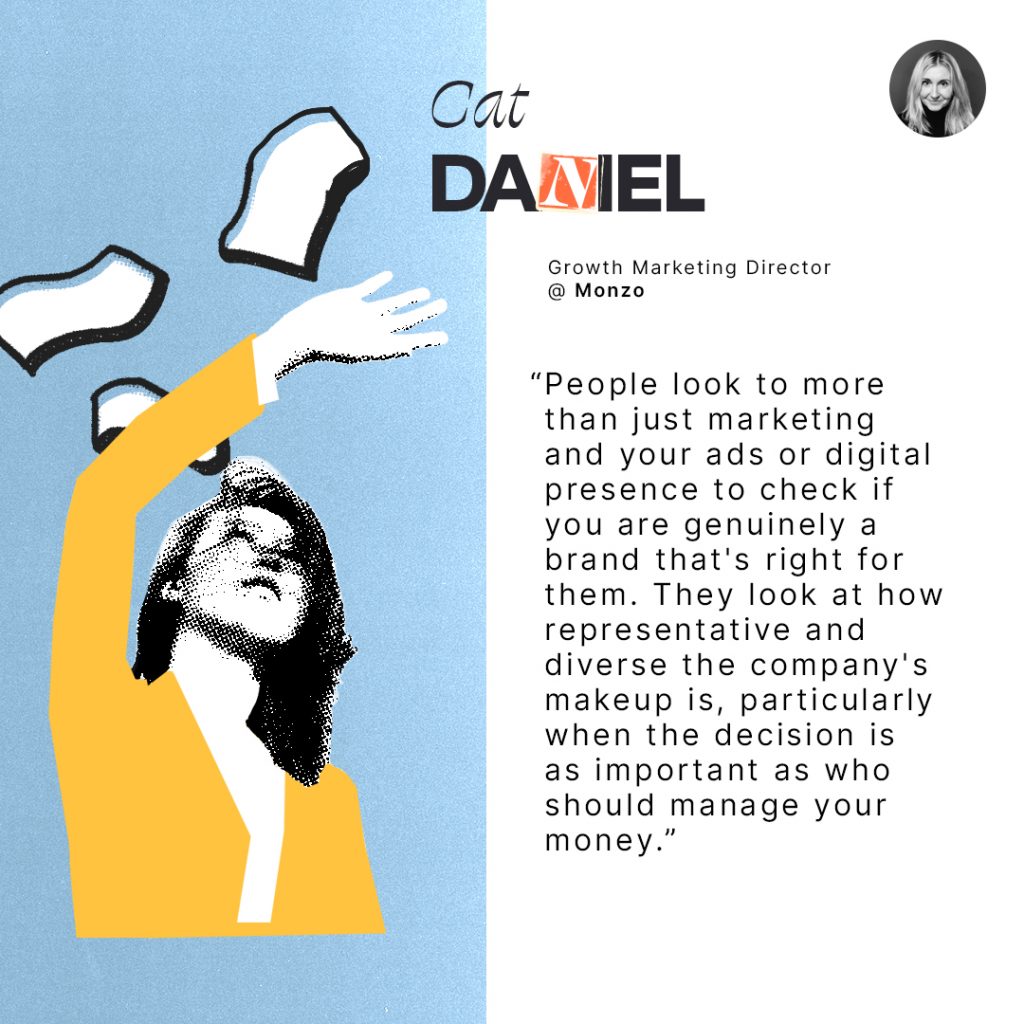First published on Marketing Week
1. The fear of female founders
Earlier this month, in the latest development to underline a stark gender funding gap in VC land, researchers at the Vienna University of Economics and Business revealed that tech investors still tend to mistrust female entrepreneurs. While several initiatives have been rolled out in the UK in the past four years to help address the gap – including The 200Bn Club, named after the potential economic contribution female founders could make with better access to capital – female founders today receive five times less funding than their male counterparts.
This matters because many female founders are focused on female-centred innovation – products and services designed for women by women, based on the pain points they experience in daily life – innovation which, although increasing, continues to be limited, resulting in women being the largest unserved market in business today.
If the existing VC ecosystem is unprepared to make smart investments in this massive opportunity, meaning fewer female-focused challenger brands than the world arguably needs, then it begs the question – how can legacy brands step in and fill the gap? Thinking disruptively is the obvious starting place, but it doesn’t end there. There’s also clear value in looking at how progressive challenger brands behave in the marketplace, identifying and mimicking key characteristics that will help more established brands genuinely connect with female audiences and ultimately thrive in today’s female-driven economy. Here are three characteristics I think deserve particular attention.
2. Insight and inclusivity
With limited initial market share, challenger brands have little to defend and zero interest in maintaining any status quo. Instead, they focus on changing a category to create opportunity. carwow, the online disruptor whose skip-the-dealer-and-classifieds approach removes the traditional smoke and mirrors of the category, realised that women, in particular, found the car-selling experience intimidating and, from the get-go, set out to change that.
“We aren’t bound by historical creative or audience targeting wins that must be replicated, and the opportunity to disrupt these categories is there for the taking – particularly in automotive” says Meghan Sinclair, Carwow’s brand and communications director. “Everyone uses, buys and sells cars and should be able to do it with absolute confidence and without fear, judgement or misinformation. At Carwow, we’ve created a place where everyone – irrespective of gender – can make an informed decision,” she adds, underlining the more inclusive approach that’s second nature to so many disruptive brands.

3. Edgy authenticity
Challenger brands feel free to present themselves as something other than perfectly polished. They actively feed off their rawness – enabling them as it does to be more pointy in their marketing – which in turn can help imply credibility. More established brands, by contrast, typically present a highly sophisticated face to the world, which, while appropriate in the good old days of big budgets and big campaigns, today can feel out of step with our ‘perfectly imperfect’ times.

Pip & Nut are a helpful example here. The nut butter start-up founded by Pippa Murray, whose audience currently skews heavily female, is turning what could be a challenge – the fact that without the addition of palm oil, their product separates – into a selling point. It’s strategically smart: research shows that women have significantly higher expectations of brands in the Nut Butter category overall, and are more motivated by integrity as a driver, than male consumers.
Jacq Ellis-Jones, Pip and Nut’s marketing director explains, “People find the concept of the oil separating quite hard to get around. They either think that you’ve added extra oil or the product is past its sell-by date. So we’ve started using the line ‘Stir to Care’ in some of our communications as a simple reminder that what might appear to be a negative for a consumer is, in fact, a positive for the planet.”
4. Diverse leaders, female-friendly environments
Monzo, the neobank that, like all digital-only banks, wants to woo more female customers, is firmly committed to gender diversity at the company, and it shows. Women at the challenger bank today earn 4 per cent less than men per hour on average – narrowed from 2019 when the gap stood at 20 per cent. Therefore, the fintech is now in pole position compared to its rivals, in a sector that has lagged behind even investment banking in gender equality for the past few years.
Cat Daniel, growth marketing director at Monzo, says, “People look to more than just marketing and your ads or digital presence to check if you are genuinely a brand that’s right for them. They look at how representative and diverse the company’s makeup is, particularly when the decision is as important as who should manage your money. It’s one thing to present inclusion outwardly, but you need to actually live and breathe it.”
As a digital marketplace and retail media brand, Carwow covers two equally traditionally male-dominated industries: technology and automotive. To help address this, the company regularly assesses its processes to ensure all roles are accessible for women.

That involves analysing job descriptions for gender bias, completing anonymised CV screening, and using gender-balanced hiring panels during the interview phase of applications. That involves analysing job descriptions for gender bias, completing anonymised CV screening, and using gender-balanced hiring panels during the interview phase of applications. That involves analysing job descriptions for gender bias, completing anonymised CV screening, and using gender-balanced hiring panels during the interview phase of applications. But it’s also a company deeply committed to workplace flexibility. As Sinclair says, “C-suite gender equality is crucial for diversity of thought and to be able to push through campaigns and initiatives that the entire company can get behind. What’s just as important though is workplace flexibility and opportunity, enabling those superstars that can make the difference in the business to shine.”
5. Looking forward
Twenty-five years after the term ‘challenger brand’ was coined, for me, it’s the enormous amount of energy created around the female opportunity that’s particularly exciting. But whether specifically female-focused or not, the disruptors provide many learnings for us all when thinking about marketing to women: typically grounded in purposeful authenticity, they dare to upset the status quo, enabling previously unheard voices to be listened to. As a result, they often reap the rewards.But if challengers tend to identify intelligent ways in which categories could opportunistically be disrupted, perhaps legacy brands with a female audience in mind need to look for how a category should be disrupted, dutifully and with intention – inevitably, there will be many, given women’s relative invisibility to researchers, product designers and marketers – and to then double down on the Why, via rich research-led insights, lived experience and a healthy dose of fearlessness. Ultimately, success lies in avoiding any bolt-on female-friendly marketing communications and instead developing a mission-driven desire to progress the category in ways that genuinely support the customer.
That involves analysing job descriptions for gender bias, completing anonymised CV screening, and using gender-balanced hiring panels during the interview phase of applications. That involves analysing job descriptions for gender bias, completing anonymised CV screening, and using gender-balanced hiring panels during the interview phase of applications. That involves analysing job descriptions for gender bias, completing anonymised CV screening, and using gender-balanced hiring panels during the interview phase of applications. But it’s also a company deeply committed to workplace flexibility. As Sinclair says, “C-suite gender equality is crucial for diversity of thought and to be able to push through campaigns and initiatives that the entire company can get behind. What’s just as important though is workplace flexibility and opportunity, enabling those superstars that can make the difference in the business to shine.”

Helen James in the managing director of agency CPB London and the co-founder of Creative Equals/Business, a leadership programme and community for women in the creative industries.
She is focused on ensuring more women in marketing and creative roles are able to thrive at the top.




